An apartment building facade is more than just the outer layer of a building; it’s a defining feature that sets the tone for the entire structure. The facade is like the face of a building, the first thing that people see and judge. It serves as a statement of style, design, and character, reflecting the identity of the building and its occupants. When it comes to apartment building facades, there are endless possibilities in terms of design, materials, and aesthetics. From classic brick to modern glass, from ornate details to minimalist simplicity, every facade tells a unique story. Choosing the right facade for an apartment building is crucial, as it can greatly impact the building’s overall appeal and perceived value. One of the key functions of an apartment building facade is to provide protection from the elements. A well-designed facade can shield the building from harsh weather conditions such as rain, wind, and snow, ensuring the interior spaces remain safe and comfortable. In addition to its practical function, the facade also plays a significant role in enhancing the visual appeal of the building. The choice of materials used in an apartment building facade is a critical decision that can greatly influence the building’s aesthetics and durability. Common materials used for facades include brick, stone, concrete, metal, and glass, each with its own unique characteristics and appearance. Brick facades, for example, are timeless and classic, lending a sense of warmth and tradition to a building. Stone facades, on the other hand, exude elegance and sophistication, creating a luxurious and upscale look. In recent years, glass facades have gained popularity for their modern and sleek appearance. Glass facades allow for abundant natural light to enter the building, creating a bright and airy atmosphere.

.
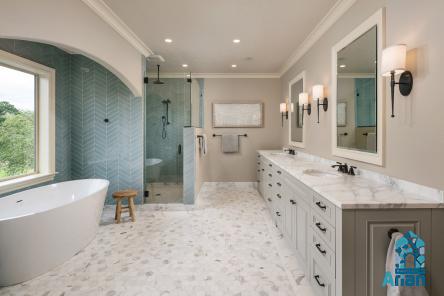 They also offer stunning views of the surrounding landscape, blurring the boundary between indoor and outdoor spaces. However, glass facades require regular maintenance to keep them clean and transparent. Apart from materials, the design of an apartment building facade also plays a crucial role in defining its visual impact. Architectural elements such as windows, doors, balconies, and decorative details can all contribute to the overall design of the facade. A well-designed facade should harmoniously blend with the surrounding environment and complement the building’s overall architectural style. Color is another important aspect to consider when designing an apartment building facade. The choice of color can greatly influence the building’s appearance and mood. Light colors such as white and pastels can make a building appear larger and more inviting, while dark colors such as black and gray can create a sense of sophistication and modernity. It’s important to choose a color palette that suits the building’s style and aesthetic vision. In addition to aesthetics, sustainability is also a key consideration when designing apartment building facades. With the growing focus on environmental conservation and energy efficiency, architects and developers are increasingly incorporating green building practices into facade design. Green facades, featuring plants and vegetation, can provide numerous benefits such as improved air quality, insulation, and biodiversity. Another emerging trend in apartment building facades is the use of smart technologies. Integrated sensors, automation systems, and energy-efficient solutions can enhance the functionality and performance of facades, making buildings more comfortable and sustainable. For example, automated shading systems can control the amount of sunlight entering the building, reducing the need for artificial lighting and cooling.
They also offer stunning views of the surrounding landscape, blurring the boundary between indoor and outdoor spaces. However, glass facades require regular maintenance to keep them clean and transparent. Apart from materials, the design of an apartment building facade also plays a crucial role in defining its visual impact. Architectural elements such as windows, doors, balconies, and decorative details can all contribute to the overall design of the facade. A well-designed facade should harmoniously blend with the surrounding environment and complement the building’s overall architectural style. Color is another important aspect to consider when designing an apartment building facade. The choice of color can greatly influence the building’s appearance and mood. Light colors such as white and pastels can make a building appear larger and more inviting, while dark colors such as black and gray can create a sense of sophistication and modernity. It’s important to choose a color palette that suits the building’s style and aesthetic vision. In addition to aesthetics, sustainability is also a key consideration when designing apartment building facades. With the growing focus on environmental conservation and energy efficiency, architects and developers are increasingly incorporating green building practices into facade design. Green facades, featuring plants and vegetation, can provide numerous benefits such as improved air quality, insulation, and biodiversity. Another emerging trend in apartment building facades is the use of smart technologies. Integrated sensors, automation systems, and energy-efficient solutions can enhance the functionality and performance of facades, making buildings more comfortable and sustainable. For example, automated shading systems can control the amount of sunlight entering the building, reducing the need for artificial lighting and cooling.
..
 Ultimately, an apartment building facade is a reflection of the building’s identity and purpose. It’s the first impression that visitors and residents have of the building, shaping their perception and experience. A well-designed facade can elevate the overall aesthetic appeal of the building, enhance its functionality, and contribute to a sustainable and resilient built environment. In conclusion, apartment building facades are not just exterior walls; they are integral components of the building’s design and identity. With a thoughtful approach to design, materials, color, sustainability, and technology, architects and developers can create facades that are not only visually striking but also practical and sustainable. An apartment building facade is a canvas waiting to be transformed into a work of art, a statement of style and sophistication that captivates the imagination and inspires admiration. It’s fascinating how apartment building facades have evolved over the years, reflecting changing architectural trends, societal values, and technological advancements. From historic buildings with ornate facades adorned with intricate details to contemporary skyscrapers with sleek glass exteriors, the diversity in facade design is a testament to the creativity and innovation in the architectural field. One of the unique aspects of apartment building facades is the opportunity they present for storytelling and expression. Just like a book cover hints at the contents within, a facade can convey a building’s history, purpose, and character. For example, a restored heritage facade can pay homage to the building’s past while incorporating modern elements for a fresh twist. On the other hand, a new development can use innovative materials and cutting-edge design to make a bold statement about the building’s vision and identity. The choice of facade design can also influence the way people interact with the building and its surroundings. A well-designed facade can create a sense of place and belonging, drawing people in and fostering a connection with the built environment. Whether it’s a striking entryway, a welcoming courtyard, or a lively streetscape, the facade plays a crucial role in shaping the overall experience of the building and its community.
Ultimately, an apartment building facade is a reflection of the building’s identity and purpose. It’s the first impression that visitors and residents have of the building, shaping their perception and experience. A well-designed facade can elevate the overall aesthetic appeal of the building, enhance its functionality, and contribute to a sustainable and resilient built environment. In conclusion, apartment building facades are not just exterior walls; they are integral components of the building’s design and identity. With a thoughtful approach to design, materials, color, sustainability, and technology, architects and developers can create facades that are not only visually striking but also practical and sustainable. An apartment building facade is a canvas waiting to be transformed into a work of art, a statement of style and sophistication that captivates the imagination and inspires admiration. It’s fascinating how apartment building facades have evolved over the years, reflecting changing architectural trends, societal values, and technological advancements. From historic buildings with ornate facades adorned with intricate details to contemporary skyscrapers with sleek glass exteriors, the diversity in facade design is a testament to the creativity and innovation in the architectural field. One of the unique aspects of apartment building facades is the opportunity they present for storytelling and expression. Just like a book cover hints at the contents within, a facade can convey a building’s history, purpose, and character. For example, a restored heritage facade can pay homage to the building’s past while incorporating modern elements for a fresh twist. On the other hand, a new development can use innovative materials and cutting-edge design to make a bold statement about the building’s vision and identity. The choice of facade design can also influence the way people interact with the building and its surroundings. A well-designed facade can create a sense of place and belonging, drawing people in and fostering a connection with the built environment. Whether it’s a striking entryway, a welcoming courtyard, or a lively streetscape, the facade plays a crucial role in shaping the overall experience of the building and its community.
…
 In urban environments, apartment building facades often serve as landmarks and focal points, contributing to the visual identity of the cityscape. Iconic facades such as the Flatiron Building in New York City, the Gherkin in London, or the Marina Bay Sands in Singapore have become architectural symbols that define their respective cities. These facades not only stand as testaments to human creativity and ingenuity but also inspire awe and admiration for their sheer beauty and innovation. Furthermore, apartment building facades can be designed to respond to specific environmental conditions and challenges. In regions with extreme weather, facades can be equipped with features such as sunshades, wind baffles, and thermal insulation to enhance energy efficiency and occupant comfort. By strategically integrating sustainable design principles into facade construction, buildings can reduce their environmental impact and contribute to a more resilient and sustainable built environment. Moreover, apartment building facades can also play a role in promoting social interaction and community engagement. Street-level facades with active uses such as cafes, shops, and public art installations can enliven the urban fabric, creating vibrant and dynamic spaces for people to gather, socialize, and enjoy. By activating the ground floor of a building, the facade can blur the line between public and private realms, fostering a sense of community and connection among residents and visitors alike. In conclusion, apartment building facades are more than just decorative features; they are integral components of the urban fabric that shape our cities and communities. From aesthetic considerations to functional requirements, from sustainability to social impact, facades are multifaceted elements that contribute to the overall quality of our built environment. As architects, designers, and developers continue to push the boundaries of innovation and creativity, we can expect to see even more exciting and visionary approaches to apartment building facades in the future. Whether through advanced materials, interactive technologies, biophilic design, or adaptive reuse of existing structures, the possibilities for creating impactful and inspiring facades are endless. In the world of architecture, the facade is where form meets function, where beauty meets utility, and where innovation meets tradition. It’s a canvas for creativity, a stage for expression, and a symbol of progress and imagination. Apartment building facades are more than just walls; they are windows to our collective aspirations and aspirations.
In urban environments, apartment building facades often serve as landmarks and focal points, contributing to the visual identity of the cityscape. Iconic facades such as the Flatiron Building in New York City, the Gherkin in London, or the Marina Bay Sands in Singapore have become architectural symbols that define their respective cities. These facades not only stand as testaments to human creativity and ingenuity but also inspire awe and admiration for their sheer beauty and innovation. Furthermore, apartment building facades can be designed to respond to specific environmental conditions and challenges. In regions with extreme weather, facades can be equipped with features such as sunshades, wind baffles, and thermal insulation to enhance energy efficiency and occupant comfort. By strategically integrating sustainable design principles into facade construction, buildings can reduce their environmental impact and contribute to a more resilient and sustainable built environment. Moreover, apartment building facades can also play a role in promoting social interaction and community engagement. Street-level facades with active uses such as cafes, shops, and public art installations can enliven the urban fabric, creating vibrant and dynamic spaces for people to gather, socialize, and enjoy. By activating the ground floor of a building, the facade can blur the line between public and private realms, fostering a sense of community and connection among residents and visitors alike. In conclusion, apartment building facades are more than just decorative features; they are integral components of the urban fabric that shape our cities and communities. From aesthetic considerations to functional requirements, from sustainability to social impact, facades are multifaceted elements that contribute to the overall quality of our built environment. As architects, designers, and developers continue to push the boundaries of innovation and creativity, we can expect to see even more exciting and visionary approaches to apartment building facades in the future. Whether through advanced materials, interactive technologies, biophilic design, or adaptive reuse of existing structures, the possibilities for creating impactful and inspiring facades are endless. In the world of architecture, the facade is where form meets function, where beauty meets utility, and where innovation meets tradition. It’s a canvas for creativity, a stage for expression, and a symbol of progress and imagination. Apartment building facades are more than just walls; they are windows to our collective aspirations and aspirations.
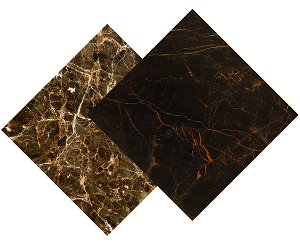



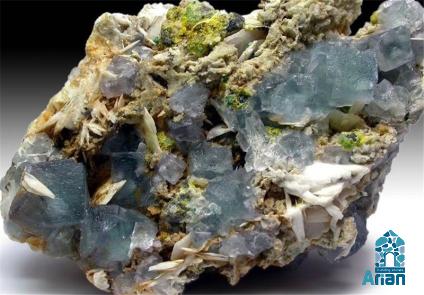
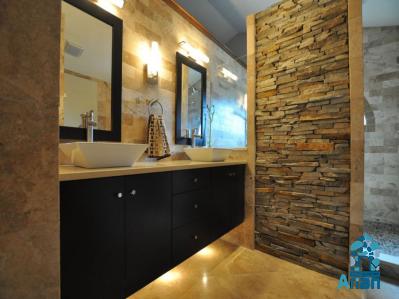
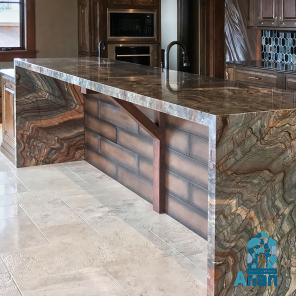
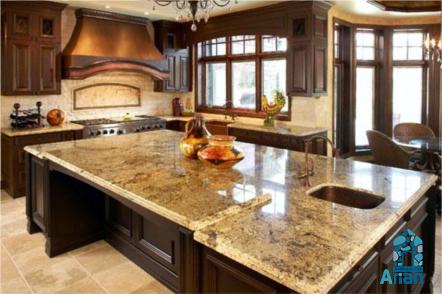


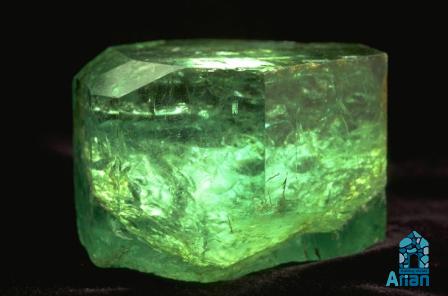
Your comment submitted.